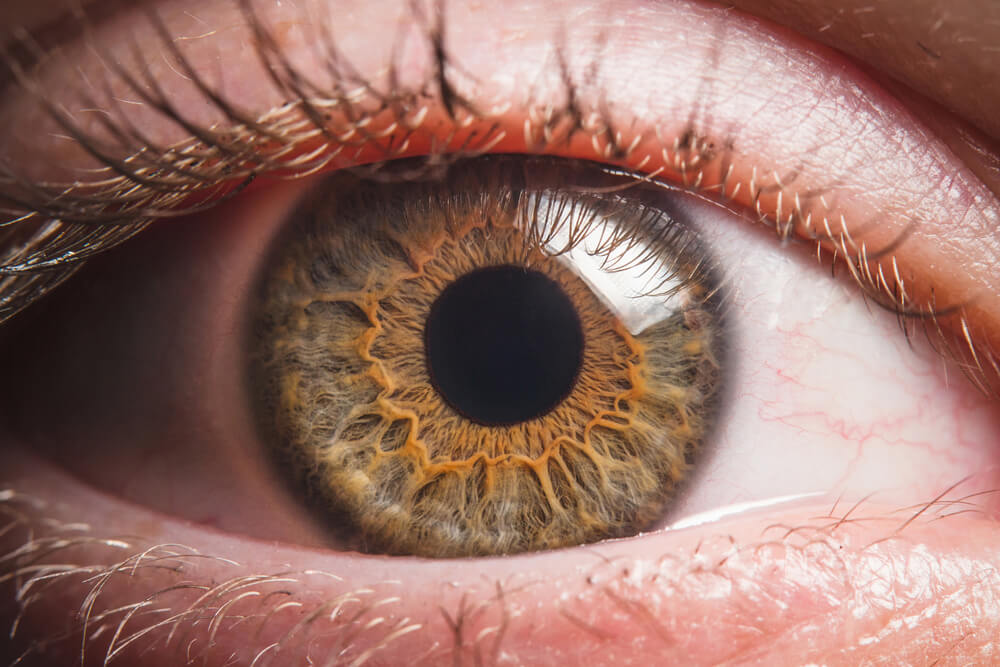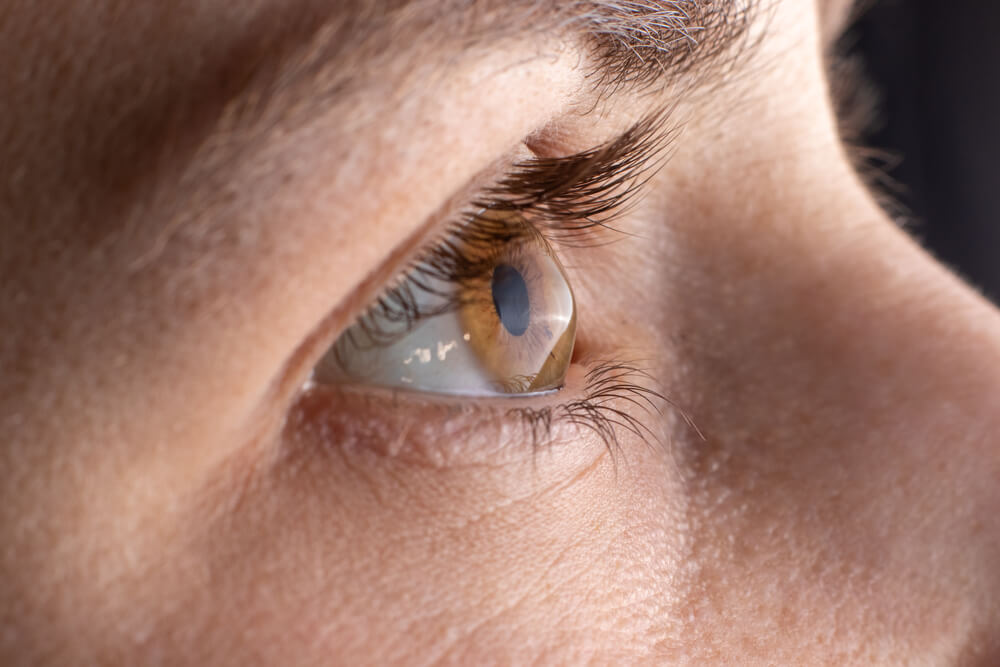Cornea

At Multack Eye Care with the advanced technology at our state of the art facilities, and our highly trained physicians, we are here for all your eye health needs. Some of the most common cornea conditions we treat are:
Dry Eye

Dry eyes that feel sore and irritated can be more than just a nuisance when they feel that way every day. If you suffer from dry eyes, our board-certified ophthalmologist, can help with a range of effective treatment solutions. Multack Eye Care provides exceptional services and custom care approaches to each individual suffering from dry eye. To find out more, check out our Dry Eye Center of Excellence
Eye Infections
If you’ve noticed some pain, swelling, itching, or redness in your eye, you likely have an eye infection. Eye infections fall into three specific categories based on their cause: viral, bacterial, or fungal, and each is treated differently.
The good news is eye infections aren’t hard to spot, so you can seek treatment quickly by giving us a call at one of our conveniently located facilities or requesting an appointment online.
Here is a list of the most common infections we treat at Multack Eye Care:
- Conjunctivitis/pink eye
- Keratitis
- Endophthalmitis
- Blepharitis
- Sty
- Cellulitis
- Ocular herpes
The earlier an infection is treated, the less likely you are to experience any complications.
Fuchs’ Dystrophy
Fuchs’ dystrophy progresses slowly, usually in both eyes. The disease is more common in women than men and in people with a family history of the disease. Although this condition starts in the 20s and 30s, most people do not experience symptoms until their 50s or 60s.
This condition happens when cells on the back of the cornea (endothelial cells) die off, causing fluid buildup and corneal swelling. Symptoms include:
- Glare affecting vision in low light conditions
- Blurred vision in the morning that improves throughout the day
- Distorted vision
- Light sensitivity
- Poor night vision
- Seeing halos around lights at night
- Small painful blisters on the cornea
- Cloudy or hazy cornea
When you have a vision-impairing disease, you need a knowledgeable eye care team to provide a fast, accurate diagnosis and effective treatment plan. Preserving your eyesight through excellent care is the goal of every eye care professional at Multack Eye Care!
Map Dot Fingerprint Dystrophy
This dystrophy occurs when the basement membrane develops abnormally the front layer of the cornea (epithelium) basement membrane develops abnormally (the basement membrane serves as the foundation on which the epithelial cells, which absorb nutrients from tears, anchor and organize themselves). When the basement membrane develops abnormally, the epithelial cells cannot properly adhere to it. This, in turn, causes recurrent epithelial erosions, in which the epithelium’s outermost layer rises slightly, exposing a small gap between the outermost layer and the rest of the cornea.
Map-dot-fingerprint dystrophy, which tends to occur in both eyes, usually affects adults between the ages of 40 and 70, although it can develop earlier in life.
Keratoconus
Keratoconus is a vision disorder that occurs when the normally round cornea (the front part of the eye) becomes thin and irregular (cone) shaped. This abnormal shape prevents the light entering the eye from being focused correctly on the retina and causes distortion of vision.
Whatever your vision needs are from Cataracts, routine eye exams, to corneal conditions we are here for your journey taking the steps with you!!

Corneal Abrasions
Corneal abrasions are scratches that occur on the protective surface of the eye. Known as the cornea, this layer of the eye is very sensitive and is meant to serve as a barrier between external debris and the inner eye. A scratch on the surface of the cornea can be very uncomfortable and similar to the sensation of sand in the eye. Abrasions can result in inflammation, heightened sensitivity and increased tear production. Some patients also experience headaches and blurred vision.
Any object can scratch the cornea, including a piece of paper or a fingernail. Most scratches do not incur any lasting damage and heal on their own within a day or two. Depending on the extent of the abrasion, antibiotic eye drops may be necessary to help prevent an infection that could delay healing and also lead to a corneal ulcer. If an abrasion does not heal on its own or symptoms worsen or even return after going away, it is important to see an eye doctor immediately to ensure there are no underlying complications.
Preventing Corneal Abrasion
Although it is not always possible to avoid a corneal abrasion, there are some ways of minimizing risk. It is recommended that foreign objects be blinked or flushed out of the eye rather than removed by rubbing or placing the fingers into the eye. It is also important to avoid rubbing the eye after it has suffered a trauma or injury. This may only worsen an otherwise superficial corneal abrasion, leading to a prolonged recovery time and increased risk of infection.
